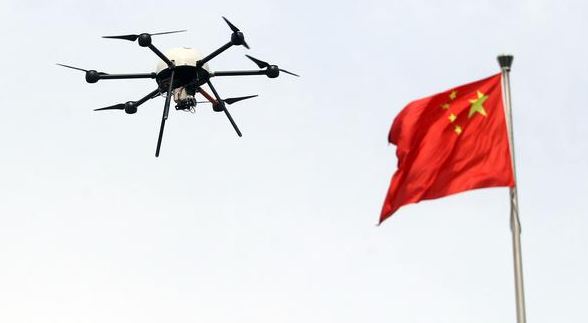We’ve all been there. Sitting in a hot room taking an exam at the end of the school year as a teacher wandered up and down the rows of desks to make sure nobody in the class was cheating. Of course back then you had topnotch secret notes on your hand, so you, as an old pro, were fine. But now cheaters have gone digital, thanks to devices such as smartphones.

How do you catch these students in the act? Drones, of course. Schools in the Chinese province of Luoyang decided to prove they’re smarter than cheating pupils during an intense two-day exam by flying six-propeller drones above their heads. Introduced by the Luoyang Radio Authority, the drones are designed to sense signals being emitted from the exam room, and are connected to a tablet belonging to the staff, who are notified of the cheater’s location via radio signal.

Image via Digital Trends.
Specially customized for the task, the cheat-hunting drones are controlled by tablet, and can fly about 500 meters above the room. They can hover for nearly a half hour and are also equipped with an auto-landing function.
So why the big deal over a test? Known as the world’s toughest exam, 10 million Chinese teenagers are under pressure to perform well on the higher education test, commonly referred to as “the gaokao.” It’s so intense that some studies have linked the test to student suicides. There have been cases of students cheating in the past, including some students wearing glasses with tiny cameras inside that relay images of the question paper to an accomplice outside the room. The answers were then fed back to the student via an earpiece.
Those caught cheating by the drones could face severe penalties and can even be prosecuted under Chinese law. They will also not be allowed to retake the exam for three years.
Source: CNET
Advertisement
Learn more about Electronic Products Magazine





